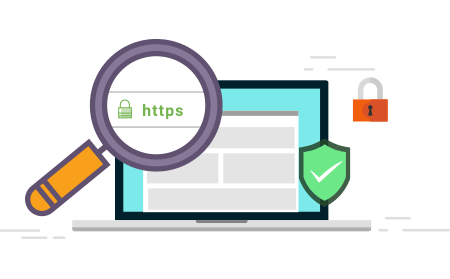Fake News
Fake news continues to generate a lot of discussions. Although differing stories and outright lies have played a part in news reporting for a long, the advent of the Internet and social media has changed the game completely. With the ease of sharing information, false or malicious content can quickly spread around the world with a single click. Furthermore, as the financial incentive for creating and spreading fake news grows, the fakers are becoming more sophisticated in their tactics.
According to research, up to half of all adults obtain their news directly from their Facebook feeds without critically assessing the source of those posts. Fake news sites directly profit from advertising on their sites. That’s why they use suggestive angles and click-bait headlines to generate revenue.
False, misleading, and conspiracy-theory-type stories can be harmful in several ways and can have personal ramifications for an individual, as well as more far-reaching effects — such as misinforming during an election campaign. Other types of fake news are unscientific stories without evidence in expert scientific opinion or research, which can have health implications, especially for those with life-threatening conditions.
How to Spot Fake News
There is some site that will verify news stories, and it is a good idea to know these sites. Some of them are:
- org: This site monitors the accuracy of US political stories.
- PolitiFact: this verifies political news stories.
- Snopes: this fact-checks Internet rumors and stories.
Some more steps to spot fake news are:
- If the domain name looks strange, like “.com.co”, it probably has fake news.
- The ‘About Us’ tab website is a good place to check a website.
- Get the same story from different news stories to see what everyone is saying.
- Consider the source by clicking away from the story to check other parts of the website.
- Read the full story. As headlines are made eye-catching to get clicks.
- Check the credibility of the author to see if they even exist.
- Click on the links supporting the story to see if the information provided there relates to the story.
- Check the date of the story to ensure that it has not lost relevance to current events.
- Avoid satirical jokes.
- Be aware of your own biases and prejudices and ensure that they are not influencing your judgment.
- Consult an expert on the subject or get the story verified through one of the fact-checking websites mentioned above.
Ultimately though, readers and social media users need to exercise their own critical thinking to avoid falling for the fakers — and worse, sharing the fake news.



